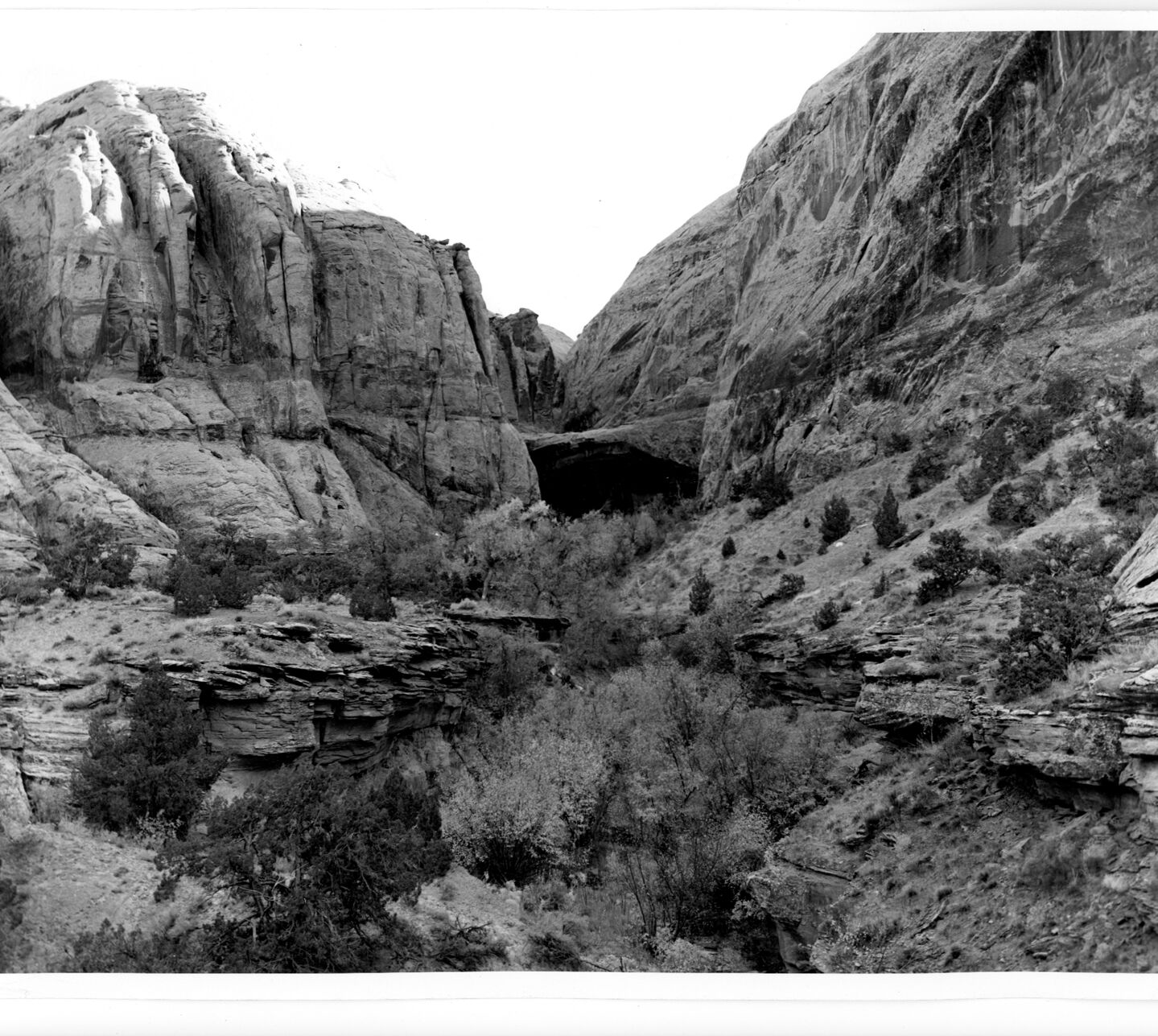Some information may be outdated.
The story of William Grandstaff, a Black frontiersman who once called Moab home, has long held a prominent place in the Moab region’s history, and the incomplete record of his life has long invited question and controversy. In recent years, Salt Lake City-based musician and writer Gerald Elias partnered with Nick Sheedy, lead genealogist of PBS’s Finding Your Roots with Henry Louis Gates, Jr., to uncover records that have helped paint a fuller picture of Grandstaff’s life, adding rich detail to what we know about his story before arriving in Moab. A 2021 virtual program with Elias and Sheedy by the Museum introduced these findings, which we revisit this month in the Moab Sun News over four articles.
Where was William Grandstaff born? This simple question has taken patience and significant sleuthing to answer. A thorough review of census records yields a patchwork of accounts about William Grandstaff’s origins, including inconsistent records of his birthplace and age. However, according to Sheedy, this is not uncommon for Black Americans, both during the years of slavery and in the decades after. Thanks to Sheedy’s thorough records review and interpretations, we now have documentation that allows us to conclude that William Grandstaff was likely born into and held in slavery by George Grandstaff in Shenandoah County, Virginia.
According to all available records, Grandstaff was born in the 1830s or 1840s in the South. His name is not found on the 1850 U.S. Census, so it’s likely that he was born in slavery. William Grandstaff would have been giving the surname of his enslaver, so tracing slaveholding families named Grandstaff looked like the best way to find the William Grandstaff who eventually made his way to Moab.
Later Census records for William Grandstaff cite that he was born in different southern states. Three of five existing Census documents indicate a Virginia birthplace. Indeed, Sheedy’s genealogical research found a large family named Grandstaff in Virginia and ruled out Alabama and Tennessee, the two other states listed as Grandstaff’s birthplace. The 1850 Slave Schedules of the U.S. Census provide further evidence: the documents listed two boys aged 12 and 16 held in slavery by George Grandstaff of Shenandoah County, about the right ages for one of them to be William Grandstaff.
Interpreting Grandstaff’s early history invites questions. His life changed radically: from being born enslaved in Virginia to seeking new opportunities out West, Grandstaff’s story is one of significant shifts. How might Grandstaff’s story be similar or different from other early settlers of Moab? Why might interpreting this one-time Moabite’s history matter in 2022 and beyond?
This is the first part of a four-part series highlighting genealogical research conducted about Moab settler and Black frontiersman William Grandstaff. The Moab Museum is dedicated to sharing stories of the natural and human history of the Moab area. To explore more of Moab’s stories and artifacts, find out about upcoming programs, and become a Member, visit www.moabmuseum.org.
Appreciate the coverage? Help keep local news alive.
Chip in to support the Moab Sun News.





